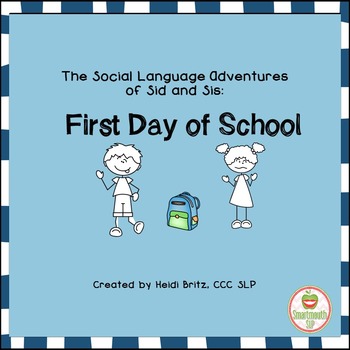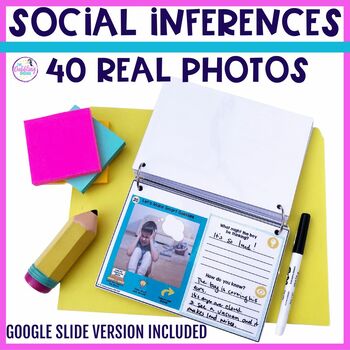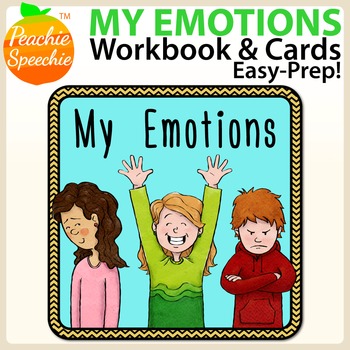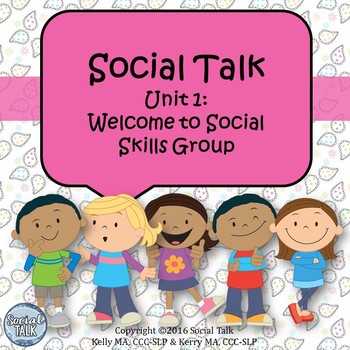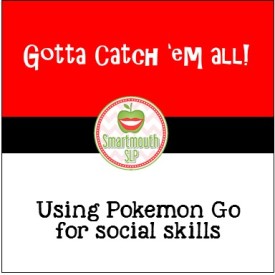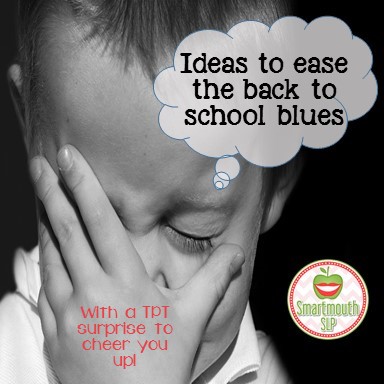
The party is almost over, as I head back to school August 2nd. Summer feels faster to me each year! The back to school blues can be hard to navigate, but I have found a few things to help me adjust to my school routine over the years. The biggest thing that helps is coffee, lots of coffee. Also, taking a little time over the summer to organize my materials and start to loosely formulate some ideas of how to set up my students for success helps too. If I am disorganized in the beginning, frankly it’s all down hill from there!
BUT cheer up, at least we have a TPT sale to kick of the year on August 1st and 2nd, *HURRAY*!! Head over to TeachersPayTeachers and shop away to get ready for your year. Don’t forget to enter the code: BestYear for an additional discount of up to 28%! Jump on over to Speech Room News next (you can click on the what’s in your cart picture above) to check out Jenna’s recommendations and links to lots of other great stores, blogs and recommended TPT products!
Some of the TPT products in my store might just meet your social language needs and help your students start off on the right foot with social skills. I have highlighted a few products from some of my speechie friends’ stores that you might find helpful too!
I created a social skills interactive notebook for my elementary friends. Getting the notebook templates set up and ready to go helps the students know the routine from the start and you can use it for the entire school year to reinforce the social language concepts that you are working on in speech, the classroom or in social skills groups!
This Fall themed seasonal social skills card set has 120 social scenes ( 6 card decks with color cards or black and white options) and aligned data collection forms to work on the concepts of: Predictable/Unpredictable, Emotions, Inferences, Predictions, Connecting comments/questions, and Think vs. Say. You can use these with games, as a ticket out the door or even on your morning announcements as a social skills school-wide challenge!
I use this original social story to introduce beginning of the year social language concepts with Sid (socially inappropriate dude) and Sis (socially inappropriate sister) in a fun way. If you like this one, it’s included as part of a bundle of Sid and Sis stories in my store too.
What’s on my wishlist and headed into my TPT cart?
Awesome social language product on size of the problem for older kids from SLP Runner!
I love this flipbook set for social inferences from The Dabbling Speechie too!
These fun little black and white mini-books on emotions (from The Peachie Speechie) look so fun for the younger set!
I am also very excited about this awesome social skills theme unit from Social Talk too!
I hope you saw something that might make your back to school a little less blue, and set you up for success this year!
What are some tips that help you make the transition from summer to school?



